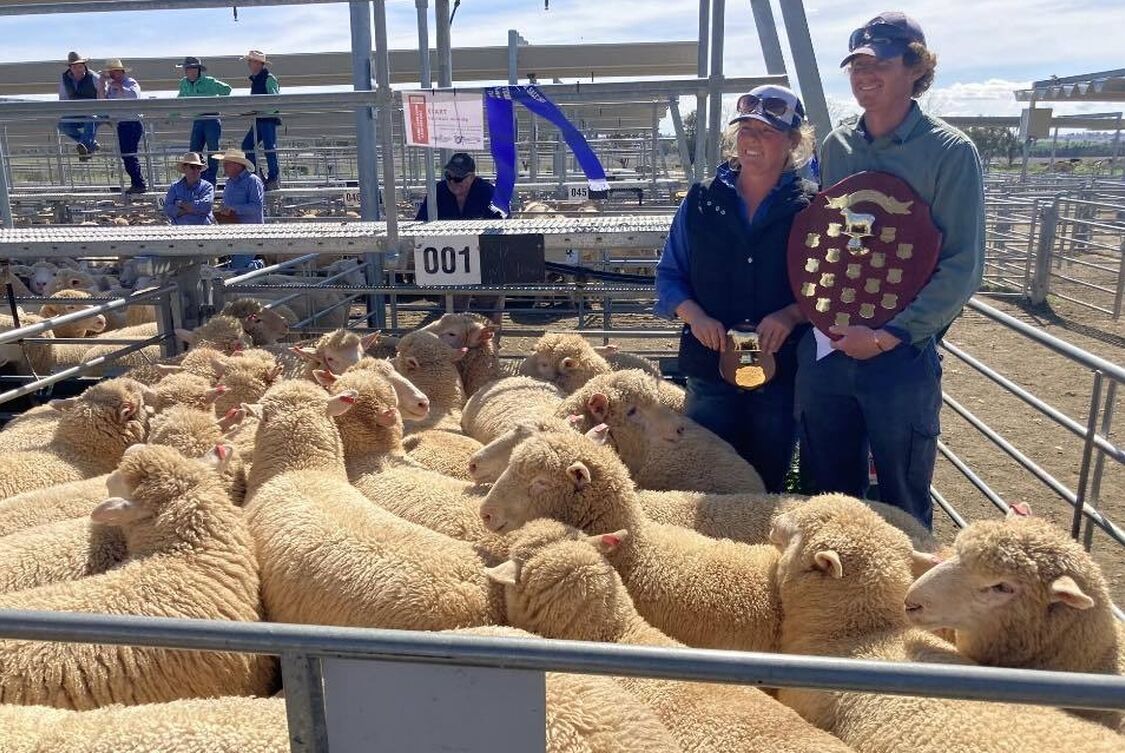Courtesy of Ripley Atkinson, Senior Market Information Analyst, Meat and Livestock Australia
New season lamb prices are operating 19% (or $29/head) higher than the five-year average.
Most states are experiencing mixed demand, with wet weather hampering ability of stock to be sent to market.
A rollover of new season lambs into 2023 is looking increasingly likely as lambs are held back from sale.
From August to the end of October, national supply of new season lambs operated 42 per cent (or 433,000 head) lower than the same timeframe in 2021.
Average prices at a national level are also back by $30/head or 14% compared to August–November 2021.
Although prices have softened, processor buyers continue to prioritise and demand heavy, well-finished lambs. Competition for these articles has continued to remain intense, supporting strong heavy lamb prices across most markets.
Compared to the longer term, five-year average price of $163, first week of November prices in NSW were17% or $28/head higher.
The corresponding weekly price in Victoria was operating 23% or $34/head higher than the five-year average.
Compared to the five-year average of $139, the lamb price in SA was higher by $30 or $42/head, while WA bucked the trend of lower prices recorded across most other states – with its average price improving 15% or $13 to reach $97/head.
New season lamb prices in the west were operating 12% or $13 softer compared to the long-term average of $110/head, as processors continue to struggle with workforce and labour challenges to process large volumes of new season lambs, reducing demand at the saleyards.
The theme of quality finish and weight are the major determining factors of price performance for the new season lambs.
While supply compared to 12 months ago is significantly lower, the expectation for the 2022 cohort of lambs to be held back from sale and offered to market in the first half of 2023 continues to look more and more likely.
These will be important considerations for producers when choosing to market lambs and the lambs capacity to add weight and finish in the face of wet conditions impacting their performance.
The week commencing November 7 Overall sheep yardings increased 60% week-on-week with lamb yardings improving 50%.
The young lamb offerings moving through the saleyards increased 93% week-on-week after particularly low yardings from previous week’s wet conditions.
Wagga Wagga had record yardings that week at 80,650 head, nearly double the yardings from the previous week.
Wetter conditions from the previous few weeks created a back log of stock that were finished and ready for sale.
With more wet weather forecast, getting stock to sale was more pressing.

Tamworth Spring Lamb Show and Sale where Emily and Murray Stirling, Wheatacres Partnership won the Jason Goodwin memorial trophy for the Grand Champion pen with some Abelene Park sired Poll Dorsets.